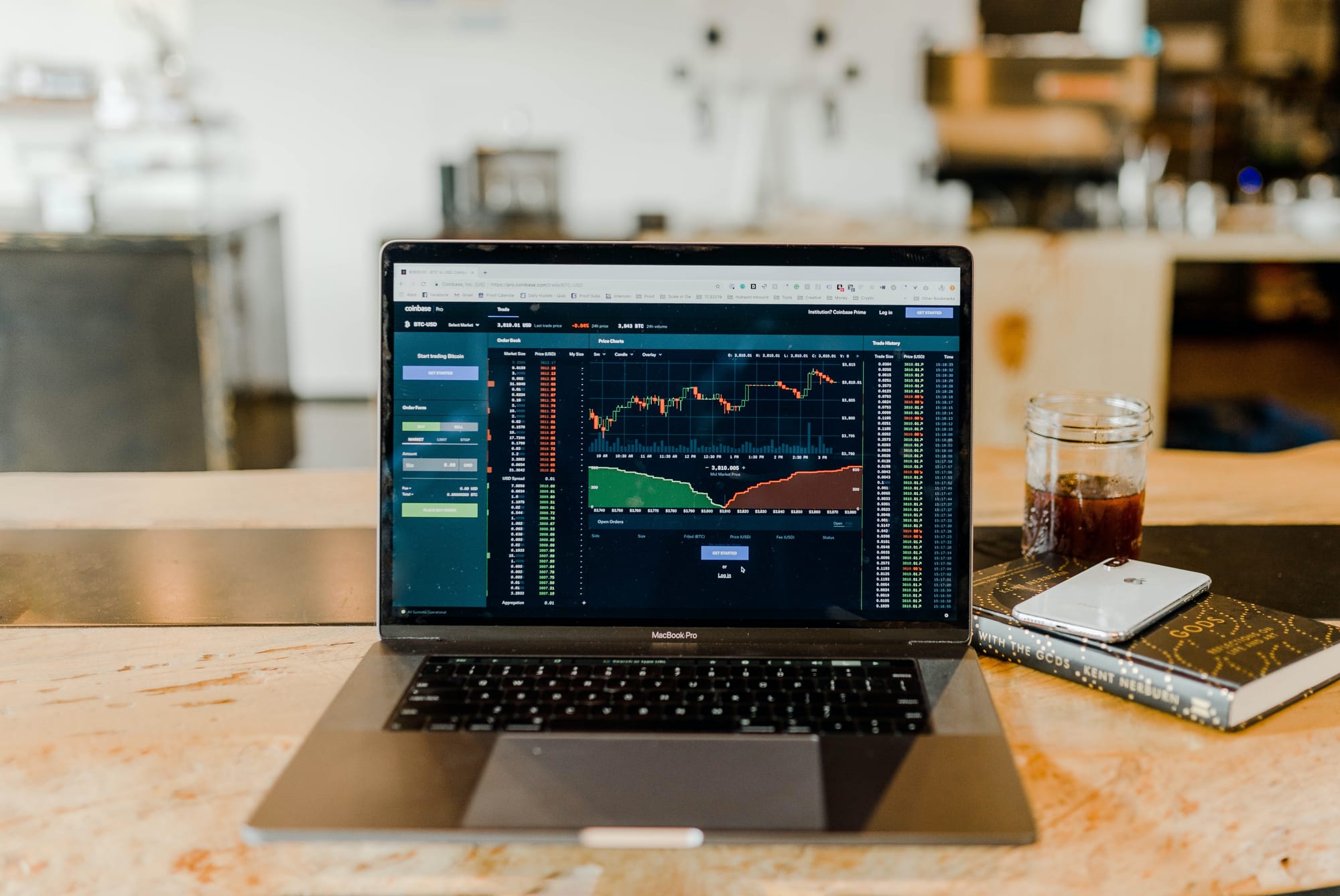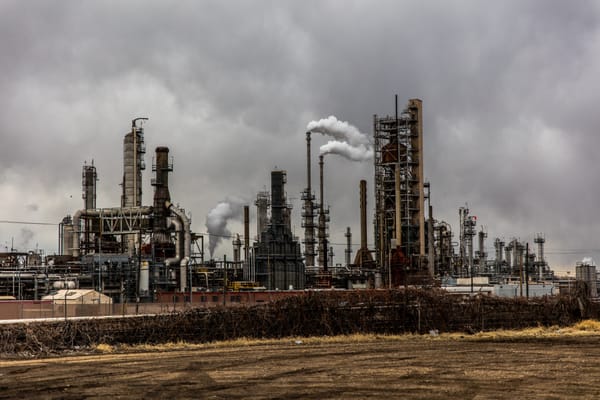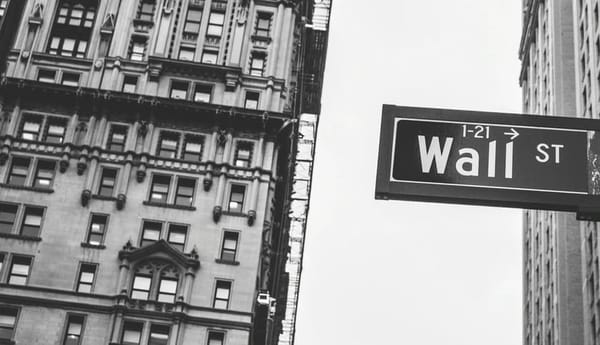Are we finally on the road to recovery after a second market correction?
Investment contributor Iyal Kannan wonders if the grass in the distance might have a little green tinge
In mid-October, analysts at the investment bank Morgan Stanley suggested the US equity market was due for its second 10% correction this year. And by October 30, the S&P 500 had fallen 9% while the NADSAQ fell 10%. However, over the first week of November, US equities have started to regain their losses again.
Does this mean that we are finally on the road to post-pandemic recovery, or will we fall further before we start climbing again?
First we take a look at the market behaviour throughout this year, from the giant sell-off in March to the intense equities rally over the summer, then ending with the two corrections in September and October respectively.
It is important to remember that we are always at some point in the economic cycle. That is, the economy is always fluctuating between periods of expansion and contraction. During the expansion phase, there is relatively rapid economic growth, interest rates tend to be low, and inflation builds. When growth hits its maximum rate, some imbalances in the economy will need to be corrected; and the correction is brought about by an economic contraction (growth slows, employment falls etc). The COVID-19 recession marked the end of a long bull market (where the market experiences prolonged price rises).





So, as we’re all aware, the rapid acceleration of the COVID-19 pandemic caused a huge market sell-off in March. On March 12, the S&P 500 plunged 9.5%, its biggest one-day fall since 1987, and on March 23, it was down a massive 34% from its pre-pandemic peak. In bond markets, we saw the yield on the 10-year US treasuries fall to a record low as investors sought the safety of long-term bonds and central banks cut interest rates.
In April, the market rebound started and extended into summer, surpassing its previous peak in February with the S&P 500 reaching a peak of 3389 in mid-August. Technology stocks in particular were trading at very high PE ratios. This surprisingly steep recovery could be explained partly by the huge amounts of central bank intervention we saw globally. Also, markets are forward looking, so the GDP contractions during the second quarter were less relevant than the fact that lockdown restrictions were easing. Still, investors were concerned that the stock market was becoming detached from reality given the certainty of a second wave of COVID-19 in the autumn and the fact that global economies were shrinking and were unlikely to recover until well into 2021.
It seems likely that we will see a swift rebound
A market correction is defined to be a decline of 10% or greater in the price of a financial market. We saw the first of these corrections in September, led by the US tech stocks whose valuations were just too high given the risk, but losses were regained again quite quickly. We then arrive at October, where analysts thought investors were being too complacent on the uncertain election outcome, the lack of a fiscal stimulus package before the election, and of course, the second wave of COVID-19.
This leads us back to the beginning of this article: we did indeed see this second correction take place, so where does that leave us now?
Let’s take a look at the current market conditions. In spite of the absence of a decisive US presidential election win for Joe Biden, the S&P 500 advanced during election week – in fact, last week was global stocks’ best since April this year. We can now expect a $1 trillion fiscal stimulus package, which although smaller than what might have happened under a Democratic sweep, will still suffice as a positive boost to US growth. Additionally, the lack of a blue wave makes higher taxes and more regulation less likely, which has caused big tech to soar: since FAANG account for about a quarter of the S&P 500, this means US equity markets as a whole will rally. China, being a few months ahead on the pandemic timeline, also gives us hope: it was the only major economy to start growing again this year.
US equity markets as a whole will rally. China, being a few months ahead on the pandemic timeline, also gives us hope: it was the only major economy to start growing again this year. The biggest breakthrough this week has been the success of Pfizer’s and BioNTech’s coronavirus vaccine. With the vaccine ready to be used as early as next month, this, coupled with the hope that monetary and fiscal policy remains focused on the importance of supporting household incomes and business cash flows during any renewed lockdowns, it seems likely we will see a swift rebound and equity markets on the rise throughout next year.
Of course, there is still uncertainty surrounding the finer details of the election and COVID-19 in general, but I think it’s reasonable to be optimistic that the path to a recovery may have well and truly started in the US.






